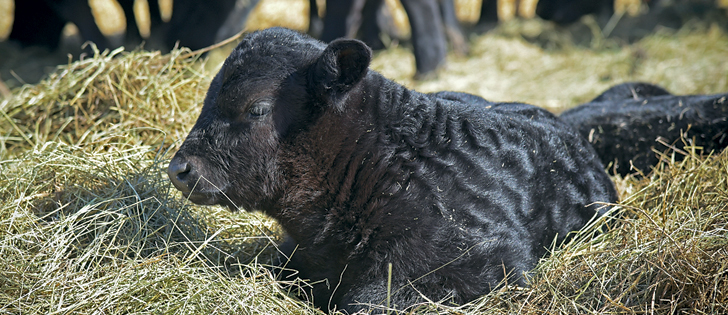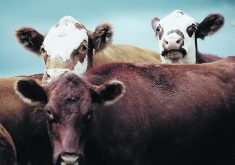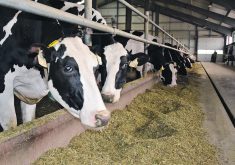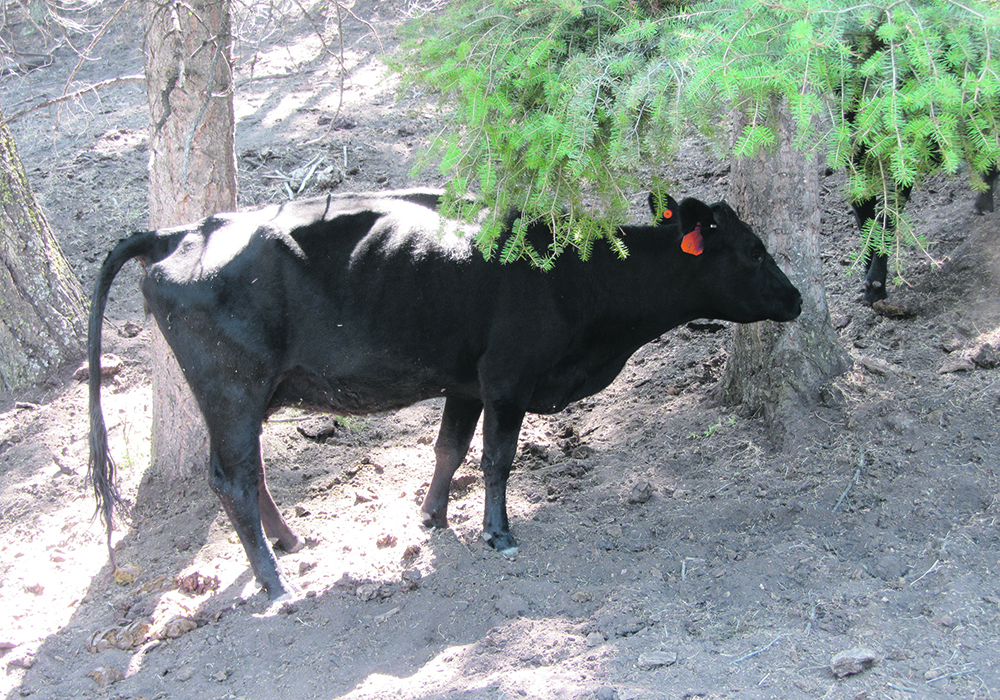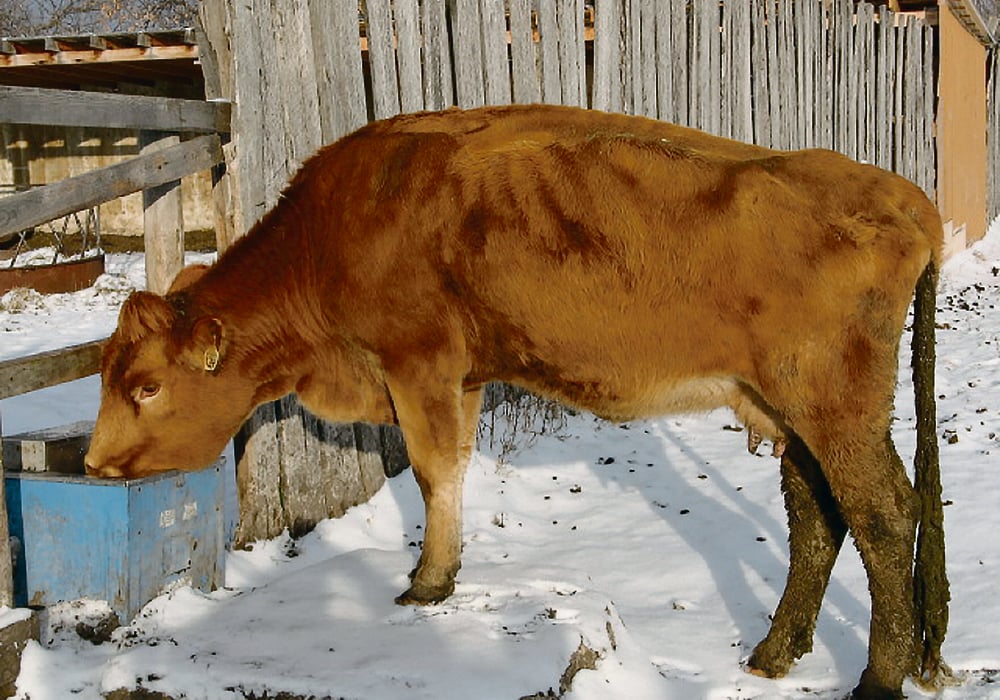MOOSE JAW, Sask. — Saskatchewan’s Johne’s testing program has found a significant number of positive herds, but provincial disease surveillance veterinarian Wendy Wilkins says that’s because the participants already suspected they had a problem.
The program offered through Growing Forward 2 began in the fall of 2013. As of March 2017, 12,300 head had been tested and 400 found positive.
Wilkins said 84 herds were tested: 67 of them were unique and 50 of those tested positive, which is 75 percent.
“That doesn’t represent the overall prevalence,” Wilkins said.
Read Also
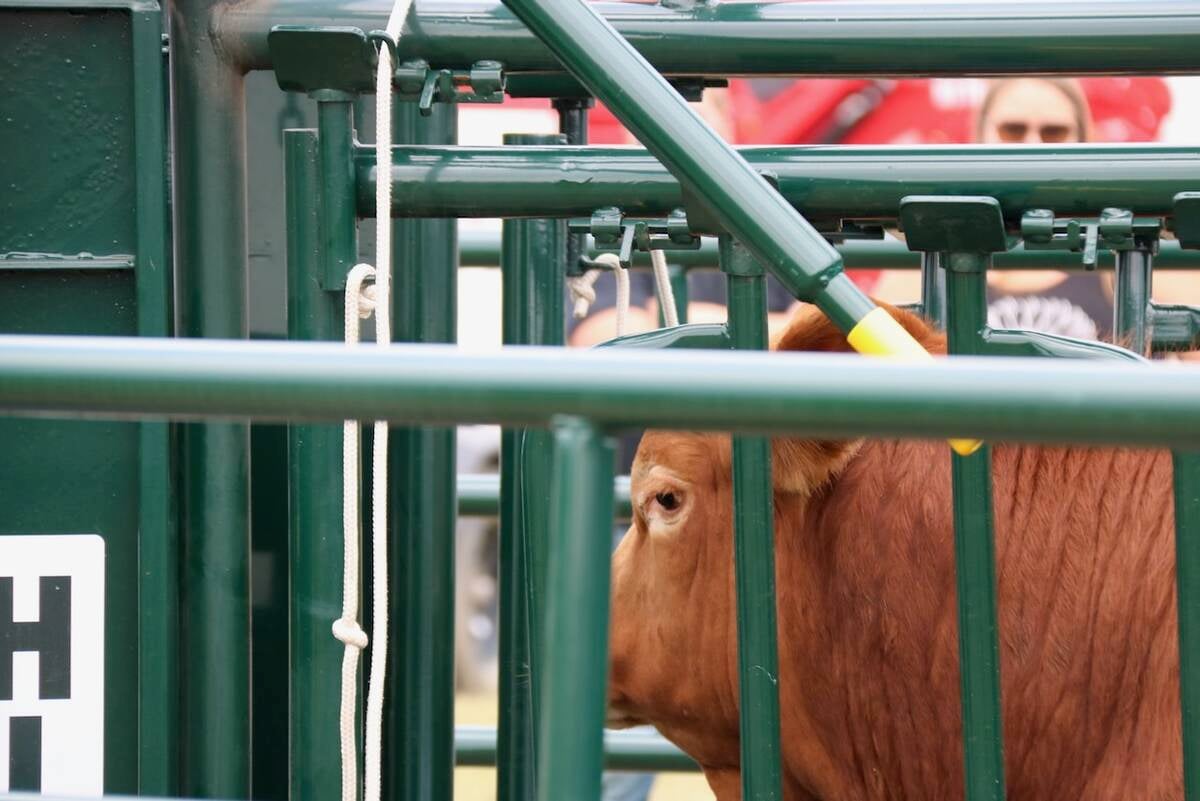
Good handling equipment a must on cattle operations
It’s important for the safety of producers and everyone else dealing with their stock that handling equipment is functional and safe.
Only nine producers who participated thought they didn’t have the disease and seven of them were correct, she said.
“Seventy-seven percent of them were right. This is more representative of the true situation,” she said.
“Typically between 10 and 20 percent would come up with a positive test.”
However, for those who have Johne’s in their herds, the fix isn’t easy.
“There is no treatment, there is no vaccine and once your animal starts showing clinical signs, it’s just going to be all downhill after that,” Wilkins told the Saskatchewan Stock Growers Association annual convention.
Symptoms of Johne’s include chronic pea-soup diarrhea and weight-loss, even though the animal has a good appetite.
Cattle are usually infected as calves, but they can show no symptoms until they’re two years old or older.
Both blood and fecal tests are used to detect the disease, but the bacteria can hide, and false negatives can occur. The cattle can also shed intermittently and go years without shedding the bacteria, Wilkins said.
That’s why it can be so hard to eliminate.
She advised testing and culling positive animals and their calves.
Producers should minimize exposure to manure that could be in-fected by keeping calving grounds cleaner and moving calves from calving pens as soon as possible.
If calves have to be supplemented, producers should be sure to use pasteurized colostrum.
“It’s a long-term strategy,” Wilkins said.
The Saskatchewan program covers lab fees, a veterinarian visit for blood collection and $500 for a veterinarian to help with risk assessment and management planning.
A total of $74,000 was available for each year, and the program ends March 31, 2018.
Wilkins said the province would like to continue it because there is a waiting list to participate this year. That decision will be made as the next policy framework is developed.


